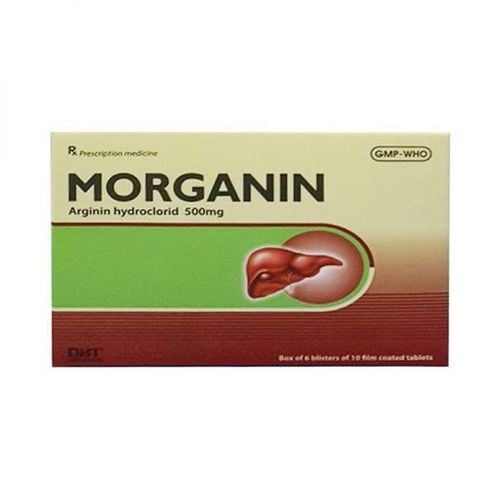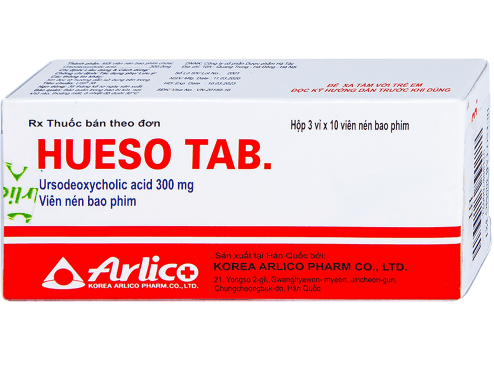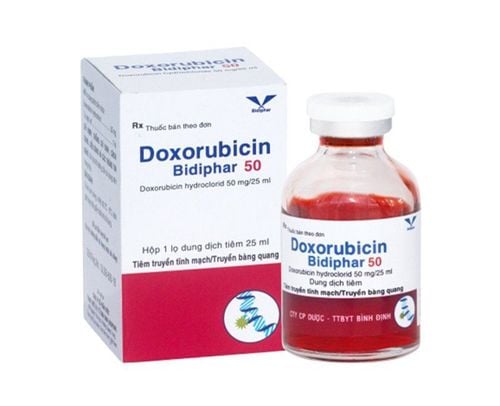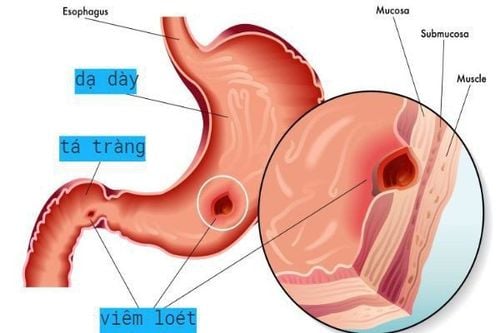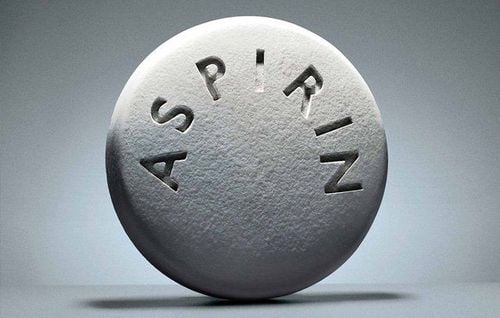This is an automatically translated article.
The article is expertly advised by Dr. Doctor CCII Phan Thi Minh Huong - Department of Medical Examination & Internal Medicine - Vinmec Danang International General HospitalFatty liver, also known as hepatic steatosis, is a serious health condition that is often overlooked because it has no obvious symptoms. This increases the risk of serious complications, even affecting the life of the patient.
1. Fatty liver is nothing to worry about
Fatty liver refers to the accumulation of fat in the liver (fat in the liver). It is a condition where the amount of fat accumulated in the liver is > 5% of the liver weight. In fact, fatty liver disease can increase risk factors for serious conditions including cirrhosis, liver cancer... liver and cause inflammation.
The liver is the only organ in the body that can regenerate by replacing old or damaged cells with new cells. When the liver has to work at full capacity to get rid of fat, scar tissue (cirrhosis) builds up, making it difficult for the liver to transport nutrients to the body and increasing pressure in the veins. Potential complications from cirrhosis include: Bruising, bleeding, kidney failure, liver cancer, diabetes and eventually liver failure.

Bệnh gan nhiễm mỡ gây ảnh hưởng đến chất lượng cuộc sống của người bệnh
2. Only alcoholics get fatty liver
Drinking alcohol or anything else that exceeds the safe limit can put the body at risk of fatty liver. The safe limit for men and women is 14 units of alcohol per week. Each unit of alcohol corresponds to a small glass of wine (125ml).
Other factors can also put the body at risk of developing fatty liver. For example: A high-fat, high-sugar diet can be a significant risk factor for the disease. In fact, when you are overweight or have diabetes, your risk of developing fatty liver disease is over 30%. Other potential causes include: Family history of fatty liver, rapid weight loss, regular steroid use.
Nonalcoholic fatty liver develops when the liver has to work to break down fat. Possible symptoms include: Nausea, vomiting, pain and jaundice. If left untreated, it can lead to permanent scarring and liver failure.
3. Drinking hard alcohol can be more dangerous than drinking beer and wine
The type of alcohol consumed does not determine the difference of the disease, it depends on the amount of alcohol consumed in the body. The recommended drinking limit is 14 units a week. Below this level, alcoholic fatty liver is less likely to occur. If you regularly exceed the limit, the risk of disease is very high.
Uống rượu mạnh gây tổn thương gan
4. Fatty liver disease is a rare disease
Fatty liver is becoming more and more common all over the world. Unhealthy diets, heavy alcohol use, and high rates of obesity can all be reasons for the disease to develop faster and become widespread. There are about 25-30% of people with fatty liver in the total population. And of those with it, about 15% have severe liver disease that can lead to cirrhosis and cancer.5. Irreversible fatty liver disease
Currently, there are no drugs that can reliably treat fatty liver. However, some lifestyle changes can be made to reduce the risk or even reverse the condition. At the same time, practice healthy living habits such as avoiding alcohol, cutting fatty foods in your daily diet, exercising regularly, maintaining weight, and controlling blood sugar.Doctors recommend a healthy diet with lots of fresh fruits, vegetables, whole grains and lean meats like chicken and fish. By doing this, disease can be controlled and prevented.

Hãy tìm đến bác sĩ để nhận được sự tư vấn chính xác về tình trạng bệnh của bản thân
6. Women are more susceptible to fatty liver disease
Currently, scientific studies indicate that fatty liver is a risk in both men and women.
Fatty liver does not cause permanent damage. This disease can be self-reversible if detected and treated early. However, maintaining a healthy lifestyle and proper diet plays a big part in the prevention and treatment of the disease.
Currently, for the most objective assessment of fatty liver disease, Vinmec International General Hospital applies the diagnostic method of ultrasound elastography of liver tissue; This is the best method to assess damage in liver parenchyma due to diseases: Alcoholic fatty liver, Non-alcoholic liver disease, Chronic hepatitis B, C, Chronic cholestatic liver disease...
Please dial HOTLINE for more information or register for an appointment HERE. Download MyVinmec app to make appointments faster and to manage your bookings easily.
Article reference source: mountelizabeth.com.sg



